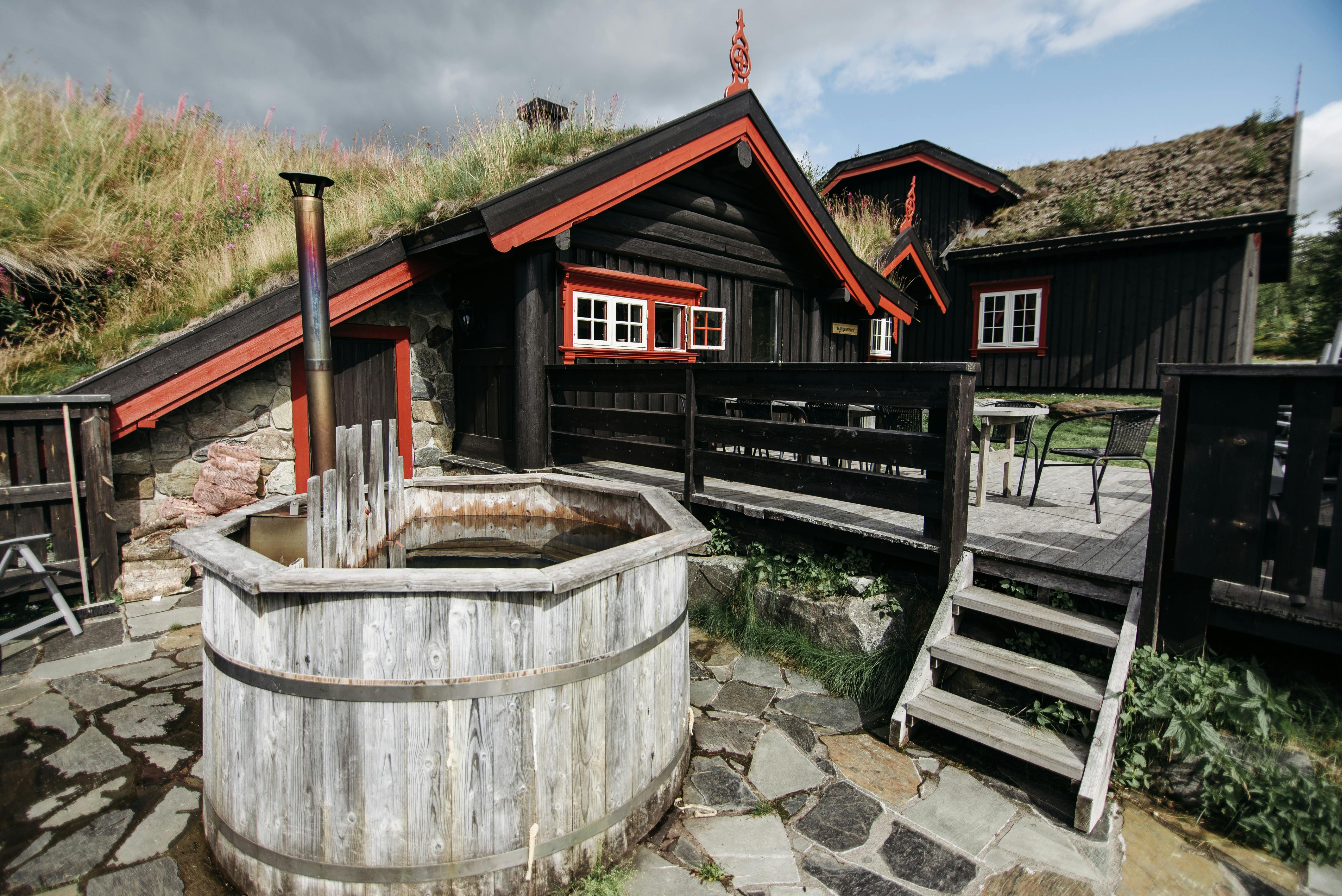
Winter Fishing at NC Centers on Trout, Walleye
Winter is usually not a good time to go freshwater fishing in North Carolina. The reasons are many.
The main one is because (duh) it’s too cold. But that doesn’t mean it’s too cold for anglers. Nature lovers don’t mind the cold much; just ask the wife of a waterfowler.
Guys who chase swans, geese, and ducks like bad weather. If it’s drizzling and the season is open, you’ll find them shivering in the Currituck shutters or standing waist-deep in a beaver pond that they had to break through ice to wade through, waiting for the wood ducks to come flying over the tree line at dawn or dusk. If the specks or reds stack up at Cape Lookout, the boats will line up thick enough to walk from one end of the jetty to the other when the temperature is so low that ice forms on the line guides. Have you ever been to a Donzi a mile from the beach north of Oregon Inlet in January and heard on the radio that the stripers are packed at Boiler, 6 miles south? Get ready to run screaming and over waves to get to where the action is. You can worry later about frostbitten nose, cheeks and ears.
But freshwater fishing is different. Bass and crappie become lethargic and drift deeper, where they will sulk until March, eating one baitfish a week as their metabolism slows to support hibernation levels.
Only a few freshwater fish from the Great Lakes remain active in winter throughout the Tar Heel landscape. They include walleye (yes, walleye swim in North Carolina) and mountain trout.
Winter trout fishing, believe it or not, is a big problem in North Carolina, especially in delayed harvest streams stocked, maintained, and regulated by the North Carolina Wildlife Resources Commission.
The WRC revenue figures from the sale of trout fishing licenses are staggering. In all, trout hunters spend more money to fish for rainbow, brown, and brook trout than any other species in the Tar Heel state, and have done so for years. Why do you think the WRC has thrown all that money at hatcheries to seed 3000 miles of mountain streams plus lakes every year (where do you think the money comes from)? Last year, the two remaining coldwater hatcheries (Marion and Pisgah) produced 850,000 rainbows, browns and brookies and released them into North Carolina waters. An estimated 130,000 anglers fish for trout annually in western North Carolina, spending $174 million, not including the Great Smoky Mountains National Park and the Cherokee Indian Reservation.
Delayed harvest streams provide the best opportunities for winter trout anglers. They are marked with signs on the side of the creek, and anglers can keep fish until 7 p.m. on June 1, 2012, but the season reopens at 6 a.m. on June 2, 2012 (after stocking).
Catch-supported hatchery waters can be fished until February 29, 2012, then close from April 7 to July 31. Hatchery-supported waters have no lure restrictions (live or artificial bait may be used), while delayed catch waters are restricted to artificial lures with a single hook and no live bait.
Wild trout, baited wild trout, catch and release/artificial lure only, catch and release/fly only, special regulation, and non-designated trout waters do not have closed seasons.
One of the newer fishable delayed harvest streams is the Ararat River on Mt. Airy between the NC 103 and NC 52 bridge. It was designated a delayed harvest in August 2011 and opened to the public this fall.
The late harvest signs nailed to tree trunks are black and white. Anglers can fish on a catch-and-release basis from fall through spring.
“Given its relatively low elevation, about 1,000 feet above sea level, the Ararat River should stay a bit warmer and provide good fishing more in the winter months than many other late-fishing streams,” said Kin Hodges, biologist WRC district fishery.
Mt. Airy recently completed three “greenway” walking areas along the riverfront in Riverside Park on NC 103; HB Rowe Environmental Park on Hamburg Road; and Tharrington Elementary School Park upriver from NC 52. Anglers can fish the Ararat River from the banks of these parks.
Winter walleye fishing is good at Fontana Lake on the southern edge of the Great Smokies near Bryson City; Lake Hiwassee in the extreme west (near Murphy) of the state; and James Lake, east of Asheville.
Anglers will need a good fish finder because walleye like to hang out at depths ranging from 40 to 80 feet because they avoid bright sunlight. Night fishing is popular during the spring and especially during the summer and fall. Walleye are often found near really deep structures that contain baitfish.
Plastic spoons, jigs, and worms are good lures for walleye.
One technique that works well is to throw a jig parallel to the boat and let it sink. Initiate a jumping motion using only your wrist. Hop the jig 6 to 12 inches from the bottom while retrieving the jig between jumps. Loosen the line after each jump.
While walleye are one of the best tasting freshwater fish, anglers should be aware of a walleye consumption advisory due to mercury levels in the Fontana and Santeetlah reservoirs.
